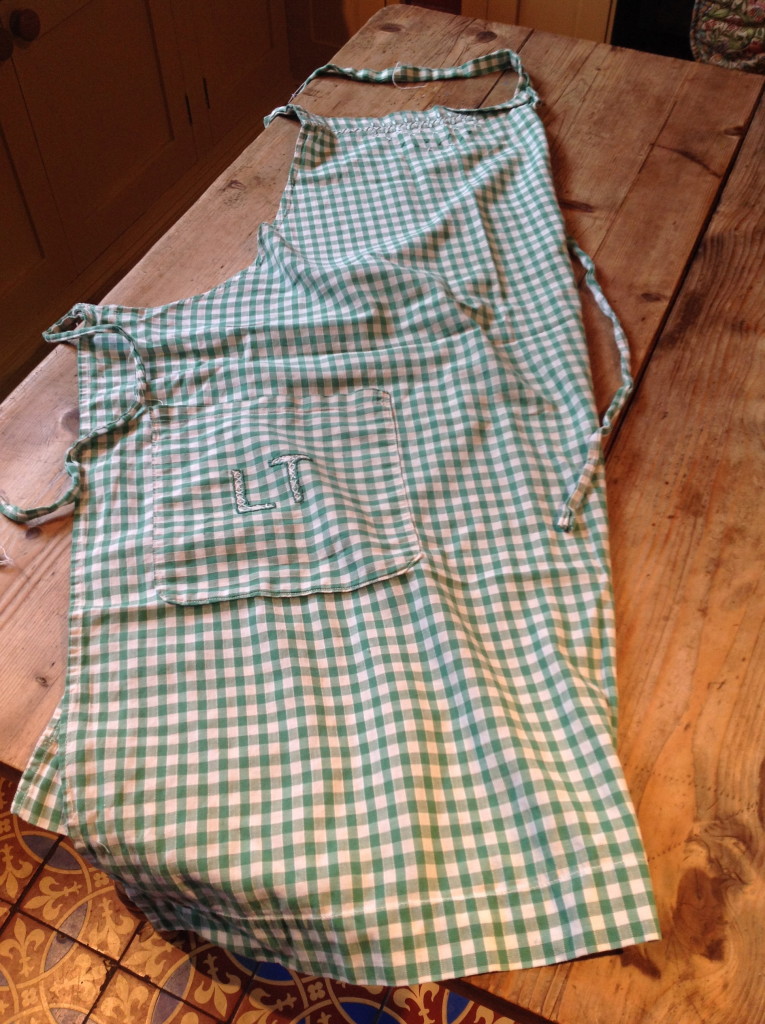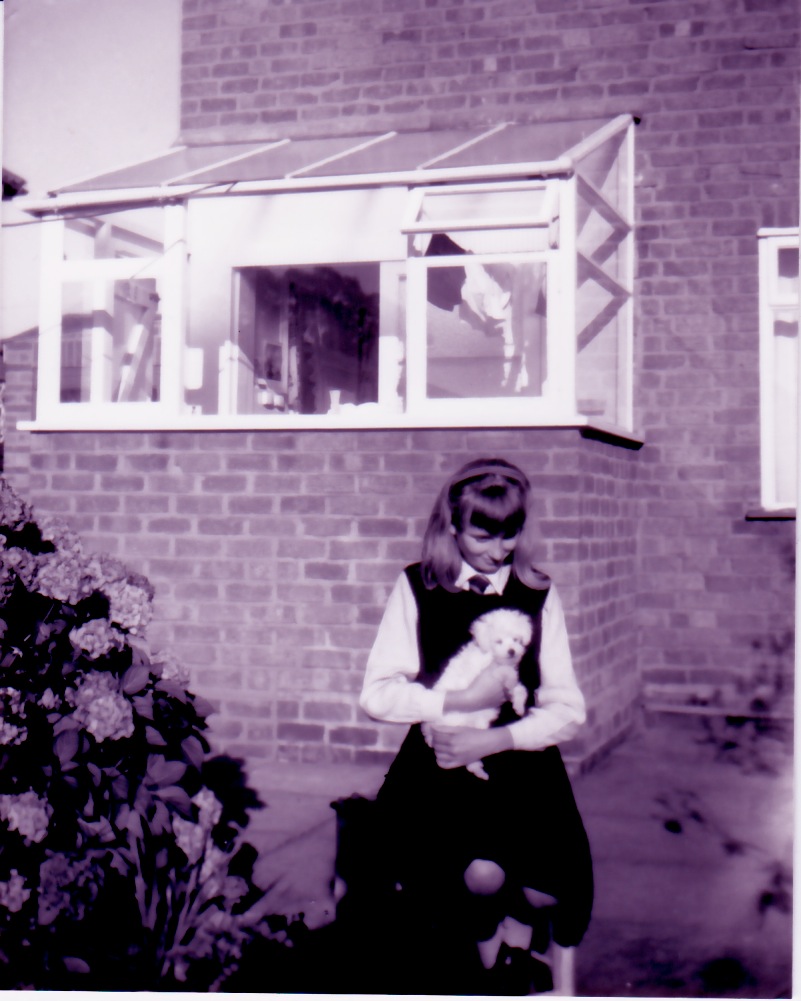After a year of purely academic curriculum, we had to get down to the serious matter of how to become a woman or a man. There was some cursory sex education – a film ‘A sister for Susan’ – which seemed to miss out many of the salient points. We were never allowed to see ‘Growing Up’, even though it was made in Birmingham. The film included masturbation scenes and became a cause célèbre. Fully cognisant of the dangers of idle hands, our school distracted us with manual labour: woodwork and metalwork for the boys, and needlework and Home Economics for us girls. These practical subjects were the real key to our development into correctly gendered adults.
So we started with needlework and were introduced to the instruments of torture: Simplicity patterns that were never simple, sewing machines that were strangely recalcitrant one minute and zooming out of control the next, rulers, tracing paper, pins, needles. Our first task was to make an apron out of cotton gingham in the colour of the House we belonged to. Despite its socialist aspirations our Comprehensive could not resist the model of the Grammar or even Public School, and so every pupil belonged to one of four Houses: Severn whose colour was cheerful red and whose members excelled on the stage and sports field; Mersey, cool blue and basking in the glory of association with The Beatles and Cilla Black; Thames, sunny yellow, with all the splendours of Oxford and London beckoning; and last, in everything, my House, sad green Trent. While the other Houses held assemblies in the main building, where civilised Humanities subjects were taught, Trent’s base was the science block, also the location of the main school toilets. The Housemaster’s rallying cries, the quotations from Kipling, all fell on deaf ears, since our noses were assailed by the evil combination of rotten egg fumes from the Chemistry labs, the odours of the boys’ urinals, and the lingering stench of burning from the sanitary towel incinerators. I so fervently longed to be in Severn with my best friend Janet that sometimes I broke the rules and fled to the pure air and uplifting ambiance of the Severn assembly. But in needlework there was no escape, our teacher Mrs Wallimara had a list, so green gingham was my lot, and my badge of shame. The aprons were mostly machine stitched, with embroidered decoration on the pocket and bib. After several weeks of laborious hemming and decorative cross stitch, we emerged like checked butterflies, ready to be released into the kitchen.
The first few Home Economics classes were a lot less taxing than needlework. First of all there was quite a lot of drawing and copying – the diagram of the perfectly balanced meal, collages of fish and eggs and meat cut out of magazines, to illustrate protein. When finally we started cooking Mrs Wallimara seemed to have the measure of our capabilities: week 1 – tea and toast, week 2 – scrambled eggs on toast, week 3 – poached eggs. So far, so good, especially as we were allowed to eat the results. Then Mrs Wallimara tired of toast and leapt forward in the syllabus to the complexities of shortbread, fruit cobbler and Victoria sponge. We had to lug baskets of ingredients into school, along with our satchels and P.E. kit, and then lug the baked goods home again to our admiring or long-suffering families. Getting a basket full of fruit cobbler and your satchel upstairs on the school bus with the boys down below leering and jeering and trying to catch a glimpse of your knickers was no mean feat. Despite this, cookery had its – mostly sugary – satisfactions. Just as we were getting the hang of it, Mrs W. switched us back on to sewing. We were to make a simple, sleeveless summer blouse, and to this end Mrs W. took our measurements, commenting as she did so on our state of development. The more curvaceous girls received an approbatory smile, and sometimes a discussion of bra sizes, while the rest of us were condemned by a resounding ‘Not much here’ or ‘here’s a flat one’. The resulting garment was forever tainted with this humiliation, and soon consigned to the rag bag.
The apron, on the other hand, proved indestructible, and has accompanied me to every kitchen I have cooked in since. It has the status of a relic, as if the soul of the girl who made it has left its trace on the checked fabric, now thin with age, and another, deeper pattern lies under the cross-stitched initials, etched out in green and white sylko.

